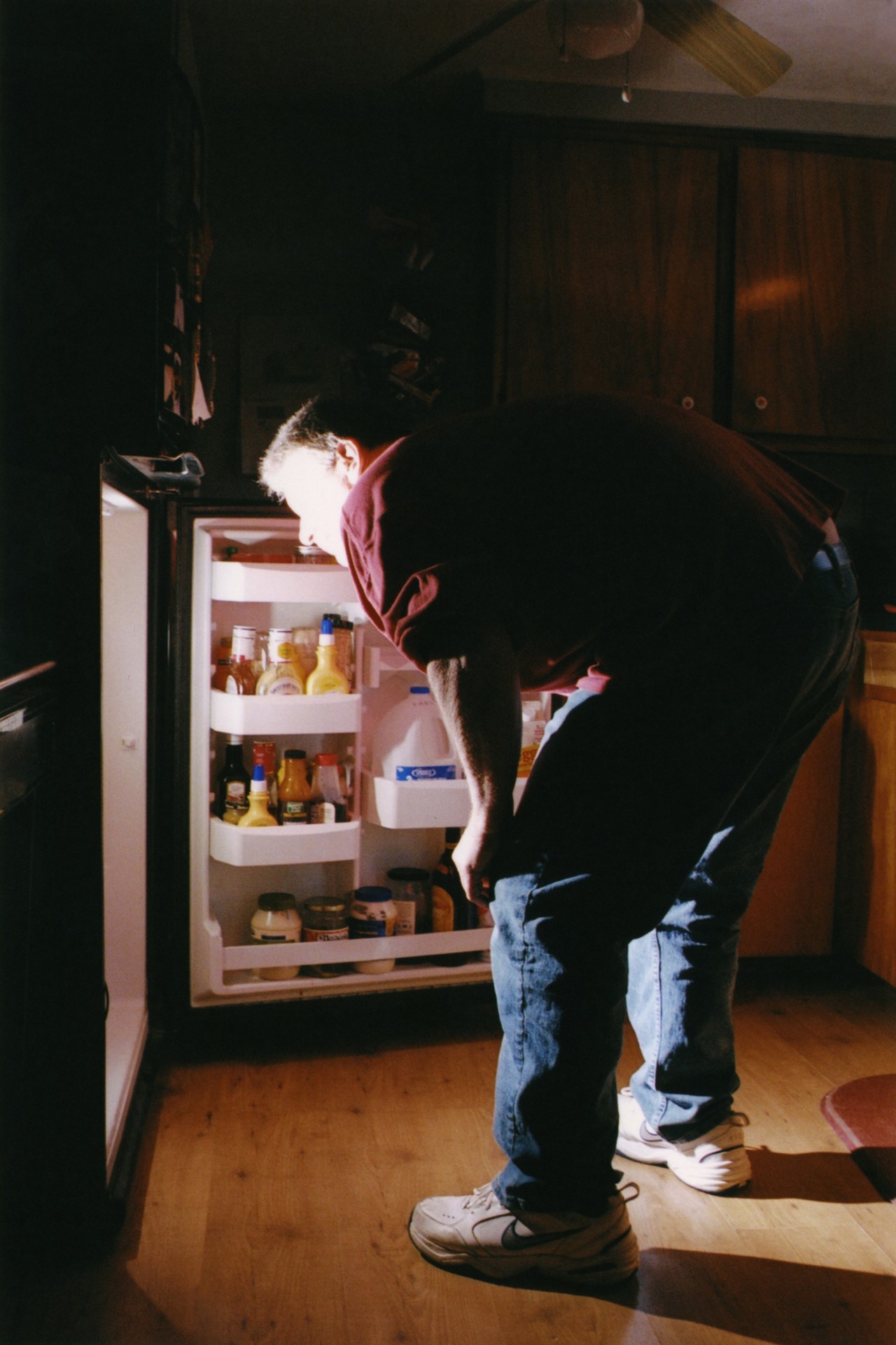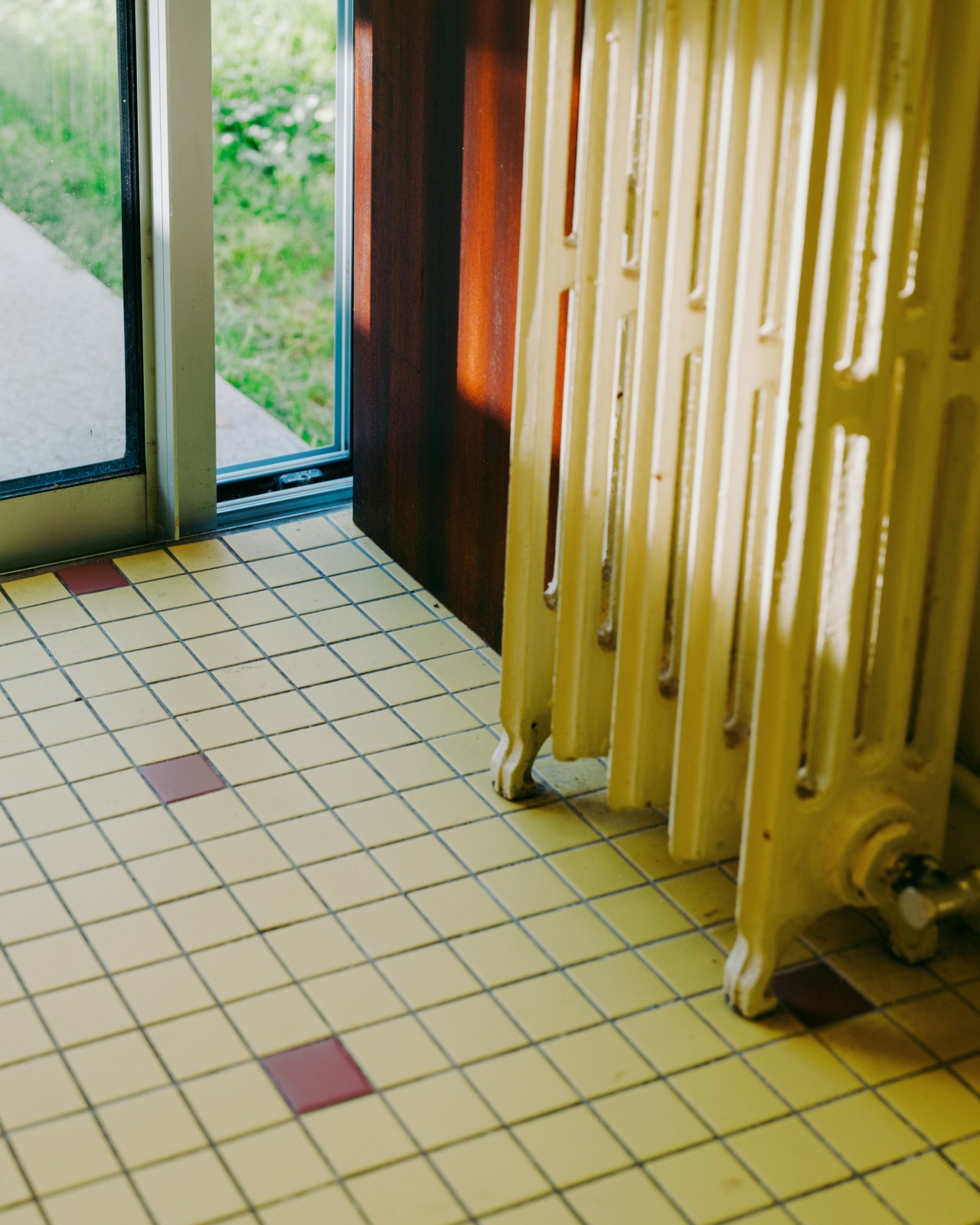

Photograph by Alec McLeish / Kintzing
WORDS BY CHRIS BARANIUK
illustration by Ásta Thrastardóttir
This story is part of our 101 series, a collection of articles that unpacks the most pressing issues facing our planet today—and what you can do about them. Discover more from the series here.
Every day, people all over the U.S. still turn to fossil fuels as they go about their lives. They’ve set up preprogrammed thermostats, which will flick on in their homes early in the morning and direct natural gas or oil to their heating furnaces. Some homeowners might hook up propane canisters to their kitchen stoves so that they can cook dinner tonight. And drivers will turn the keys in their car’s ignition, shooting gasoline into the engine, where it will burn vigorously until they reach their destination.
All of this activity means more carbon dioxide, methane, nitrous oxide, and other greenhouse gases spewing into the atmosphere around us. Those gases drive climate change, exacerbating floods, hurricanes, and intense heatwaves.
But there is another way of doing all of the things mentioned above, and more. From heating your house to hosting a barbecue in the summer, electricity can power pretty much anything these days. According to the International Energy Agency, electrification is a key strategy for getting to net zero. And, not only that, electrification has huge potential for reducing energy demands because electric appliances tend to be more efficient than fossil fuel-powered alternatives. A 2020 report from the electrification nonprofit Rewiring America found that home electrification would cut household energy consumption by about three-quarters. It could save U.S. homes a total of $96 billion between 2024 and 2050 on their utility bills, according to the American Council for an Energy-Efficient Economy, so long as electrification happens equitably, and includes lower and middle-income households.
While there are costs involved in all of the steps described below, the Inflation Reduction Act offers various grants and tax breaks to help you electrify your life. Research suggests that household electrification is gathering pace in the U.S. If you want to power up, too, here are some key things to consider.
If you’re drawing up an electrification plan or schedule, you might want to prioritize the most energy-hungry appliances first. Or, you could start with the easy wins and work your way up. Either way, it’s a good idea to have a handle on how much energy is actually used by the various technologies you rely on every day.
Within the home, by far the biggest consumer of energy is the heating system, or heating and cooling system, if you have one. It accounts for roughly half (52%) of most households’ total energy consumption, according to the U.S. Department of Energy.
A further 25% or so goes to the water heater, refrigerator, and lighting.
A 2020 report found that home electrification would cut household energy consumption by about three-quarters.
And you can lump everything else into the final 23%: TVs, computers, powered tools and gardening equipment, washers, dryers, dishwashers, internet routers, and so on.
A majority of U.S. homes, 60%, still use natural gas for heating, cooking, and drying clothes.
Outside of the house itself, the biggest energy guzzler that you own is likely to be your vehicle, if you have one. The average car, for example, uses more than 400 gallons of gasoline annually.
It’s possible to use electric resistance heating, which is 100% efficient—all the energy consumed goes solely to producing heat. Sounds good, right? Well, the problem is that electricity is more expensive than natural gas, so if you swapped your natural gas-based system for electric resistance heating, you’d end up spending a lot more to run it. The alternative is to get a heat pump, which can be as much as 400% or even 500% efficient. This means you can convert each kilowatt hour (kWh) of electricity input—the energy input you pay for—into multiple kWh of heat output. They are potentially cheaper than fossil fuel-based heating systems and can be set up to provide cooling as well.
Heat pumps can work so efficiently because they harvest some energy (heat) from the environment—from either the air, the ground, or bodies of water outside your home. They boost this gathered warmth before delivering it into your rooms. It works thanks to a refrigerant that circulates inside the machine. This refrigerant absorbs a little warmth from the source in question, let’s say the outdoor air, and then a compressor pressurizes the refrigerant, which has the effect of warming it further, to a level useful for heating a room. The most common type of heat pump on the market is air source and, typically, U.S. homes use forced air systems to distribute hot, or cool, air into the rooms of a building. (This is called an “air-to-air” heat pump. You can also get air-to-water heat pumps, which heat up the water that flows through radiators. This is the most common type in Europe.)
Heat pumps can be highly efficient and, therefore, relatively cheap to run, but it’s very important that they are installed to perform as efficiently as possible. Badly designed heat pump systems could end up costing more to run than a natural gas-based alternative, or similar.
If you get a heat pump installed for your home heating, it might include a hot water heating function. It is possible to convert your hot water heater separately, but that could involve installing a second heat pump, if your budget allows. Either way, this is the most efficient means of heating hot water in your home. A well-designed air-to-water system, for example, ensures you should always have hot water on demand.
People tend to set their hot water to reach a temperature of around 120 degrees Fahrenheit. The heat pump will be able to cope with this demand. Because this is relatively hot, the heat pump works a little harder to reach those temperatures, so it won’t be quite as efficient at heating hot water as it is when space heating. But this can be monitored and managed, and the system could still be cheaper to run than a fossil fuel-based one.

Now you have the really big energy-consuming appliances sorted, there is a list of other targets that you might try to electrify. Your cooking appliances—stoves, ovens, and so on—might be next in the queue. Not least because research suggests that the pollution from gas stoves could be harmful to your health.
A quarter of all U.S. homes that have clothes dryers that generate heat using gas. These can be converted to electric alternatives. And don’t forget gas-guzzling gardening tools such as lawnmowers. Today, there is a wide range of electric mowers out there, and their owners often report that they are quieter and lighter than fossil fuel-powered versions. If you have a big yard, you might have to recharge a ride-on mower’s battery.
It’s even possible to buy electric grills these days for cleaner barbecuing.
Finally, switching to an electric vehicle will greatly reduce your personal reliance on fossil fuels, and you might consider having a charging point installed so you can power up your car or truck at home. This tends to be cheaper and more convenient than having to depend on public charging points.
Packing your life full of electric appliances is all well and good but, no matter the power source, efficiency increasingly matters as households seek to drive down their overall energy consumption. As energy tariffs continue to rise, this isn’t just about lowering emissions—it can save you a lot of money, too.
Heat pumps, as mentioned, should be installed to run efficiently. But you can still hone your use of your heating and cooling systems through careful management. A smart thermostat can make sure you only use as much heating and cooling as you really need, and that you don’t waste energy by heating your home unnecessarily when you’re out, for example. You could also set boundaries. There’s no need to over-cool or over-heat your home. A winter room temperature of between 65 degrees Fahrenheit and 68 degrees Fahrenheit is enough for many people.
There are lots of other things you can do to push down the amount of kilowatts you crunch through in a day, week, or year. Ensure you have LED lighting installed, since it is up to 90% more efficient than old filament bulb lighting. Don’t leave your TV on standby more than it needs to be—especially if it has a feature such as smart wake enabled because this can almost double the total energy used by the device in a year, according to the Natural Resources Defense Council.
A majority of U.S. homes, 60%, still use natural gas for heating, cooking, and drying clothes.
You can also set your clothes washer to lower temperatures, which will use a lot less energy but still clean most clothes perfectly adequately. It might be possible for you to place refrigerators or freezers in rooms or outbuildings that are cooler overall than the central parts of your home. If so, that can reduce the energy these appliances use.
In general, you might consider selecting the most efficient appliances based on their Energy Star rating whenever you are buying a new device or replacing an old one.
Many of these things, like turning off idle electronics or mindfully setting your thermostat, you can even do as a renter. If you don’t own your home, you might even consider heating or cooling your rental unit with a plug-in micro heat pump or cooking on a portable induction cooktop.
According to an analysis by Forbes, most homeowners would benefit from installing solar panels on their property. While there is an upfront cost to this (usually around $14,000 for a 5 kW system), tax credits can help you pay for the installation; you will be able to generate renewable electricity at home; it gives the option of selling surplus energy back to the grid; and ultimately, it should lower the cost of running your home and all your electric appliances. It might save you hundreds or even thousands of dollars annually in running costs.
You’ll have to keep in mind that there may be legal restrictions on whether you can install solar panels on your property or not. And you may live in a property unable to support solar panels, either for structural reasons or because the roof is too heavily shaded. Plus, while selling electricity to the grid may be enticing, remember that the price you get can change, which could affect the cost-benefit analysis of rooftop solar in each case.
Consider also that, if your yard is big enough, you might install a ground-mounted array of panels instead.

There are lots of potential pros to a home energy storage system such as a battery. It could keep your house powered during a blackout, if it has been set up to do this, and it could help you store energy for use at peak times when electricity from the grid is most expensive.
CNET has an online calculator that can give a rough estimate of how much money you might save with a battery.
Of course, as with all of the things listed in this article, you’ll have to consider the upfront cost, which could range from $12,000 to $20,000, and whether sufficient grants or tax credits are available to you.
Don’t forget that, if you have an electric vehicle, the large battery inside it can also be used—in certain circumstances—to power household appliances or store energy to use for things other than driving.
If you’ve taken the plunge and gone largely, or fully, electric, you should be able to see how much electricity you’re using very quickly by taking regular (say, one a week) readings from your electric meter. You might record these in a spreadsheet and make a graph of how usage changes over time or, if you have a smart meter, it might organize such data for you automatically. By gradually adopting energy-efficient measures or cutting down on unnecessary use of appliances, you should be able to see a satisfying drop in consumption over time.
A well-monitored home is an efficient home. And an electrified home should be a future-proof home, too.
If you want more detail on the topics discussed here, you might check out the advice from groups including Rewiring America and Environment America, or companies such as Schneider Electric, which all offer information about household electrification.
101: Electrifying Your Home

